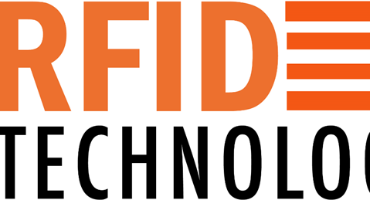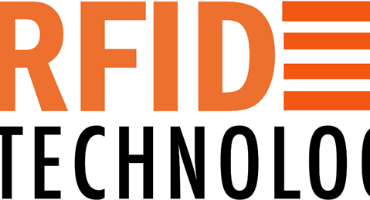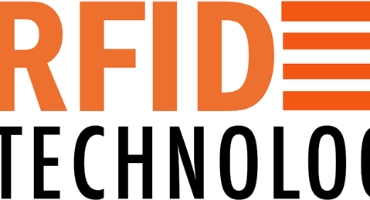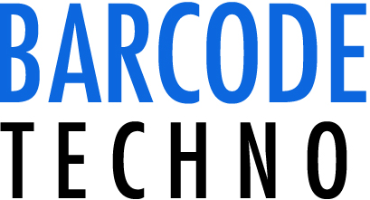The antenna receives signals from an RFID reader and transmits data back to the reader. RFID tags and labels can be either passive or active.
Passive RFID Tags and Labels: Passive RFID tags and labels do not have a power source of their own and rely on the energy from the RFID reader to power them. Passive RFID tags and labels are low cost, have a small form factor, and are widely used in applications such as inventory management, supply chain management, and asset tracking.
Active RFID Tags and Labels: Active RFID tags and labels have their own power source, usually a battery, that allows them to transmit signals over longer distances than passive tags and labels. Active RFID tags and labels are used in applications that require longer read ranges, such as vehicle tracking and cargo monitoring.
RFID tags and labels come in different shapes and sizes, depending on the application requirements. Some common types of RFID tags and labels are:
RFID Inlays: RFID inlays are small RFID chips that are embedded in a label or tag. They are commonly used in applications such as retail inventory management, supply chain management, and asset tracking.
RFID Wristbands: RFID wristbands are wearable RFID tags that are commonly used in events, healthcare, and hospitality industries. They provide secure access control, cashless payment, and personalized experiences.
RFID Key Fobs: RFID key fobs are small, keychain-sized RFID tags that are commonly used in access control systems for buildings, parking garages, and gated communities.
RFID Cards: RFID cards are similar to traditional plastic cards, but with an embedded RFID chip. They are commonly used in applications such as access control, payment systems, and public transportation.
Overall, RFID tags and labels are versatile devices that can be used in a wide range of applications to improve efficiency, accuracy, and security.





